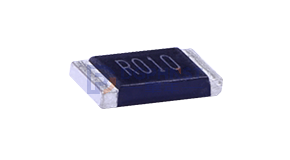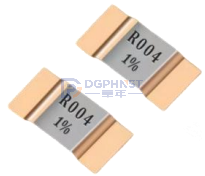hnstshop.com/" target="_blank" rel="noopener">Resistance voltage refers to the distribution and impact of voltage across a resistor. In an electrical circuit, when a voltage is applied across the terminals of a resistor, the current flowing through the resistor is directly proportional to the voltage, according to Ohm's Law. Therefore, the resistance voltage can be calculated based on the relationship between current and resistance.
1. Ohm's Law
Ohm's Law describes the relationship between resistance and voltage. According to Ohm's Law, the voltage across a resistor (V) is equal to the current (I) multiplied by the resistance value (R). The mathematical expression is as follows:
V = I * R
2. Voltage Division
Voltage division refers to the use of resistors in a circuit to distribute voltage. When multiple resistors are connected in series or parallel, the voltage is distributed among the resistors based on their respective ratios. For example, in a simple voltage divider circuit, two resistors are connected in series, and the input voltage is divided proportionally across the resistors. According to Ohm's Law, the larger resistor will have a higher voltage drop.
3. Impact of Voltage on Resistance
Voltage has two main effects on resistance:
- Thermal effect: When current flows through a resistor, it generates heat according to Joule's Law. This means that the resistor will heat up as current passes through it, resulting in an increase in temperature. In high-power or long-duration circuits, an increase in resistance voltage can lead to overheating of the resistor, requiring consideration of the power rating of the resistor.
- Resistance value impact: The resistance value affects the voltage distribution and circuit performance. A larger resistance value will result in a larger voltage drop, while a smaller resistance value will result in a smaller voltage drop. Therefore, in circuit design, selecting the appropriate resistance value is crucial to meet the desired voltage distribution and circuit requirements.
Understanding the concept of resistance voltage and its calculation methods is essential in circuit design and analysis. It helps us comprehend the role and impact of resistors in a circuit, as well as how to choose the right resistors to meet the circuit's requirements.





